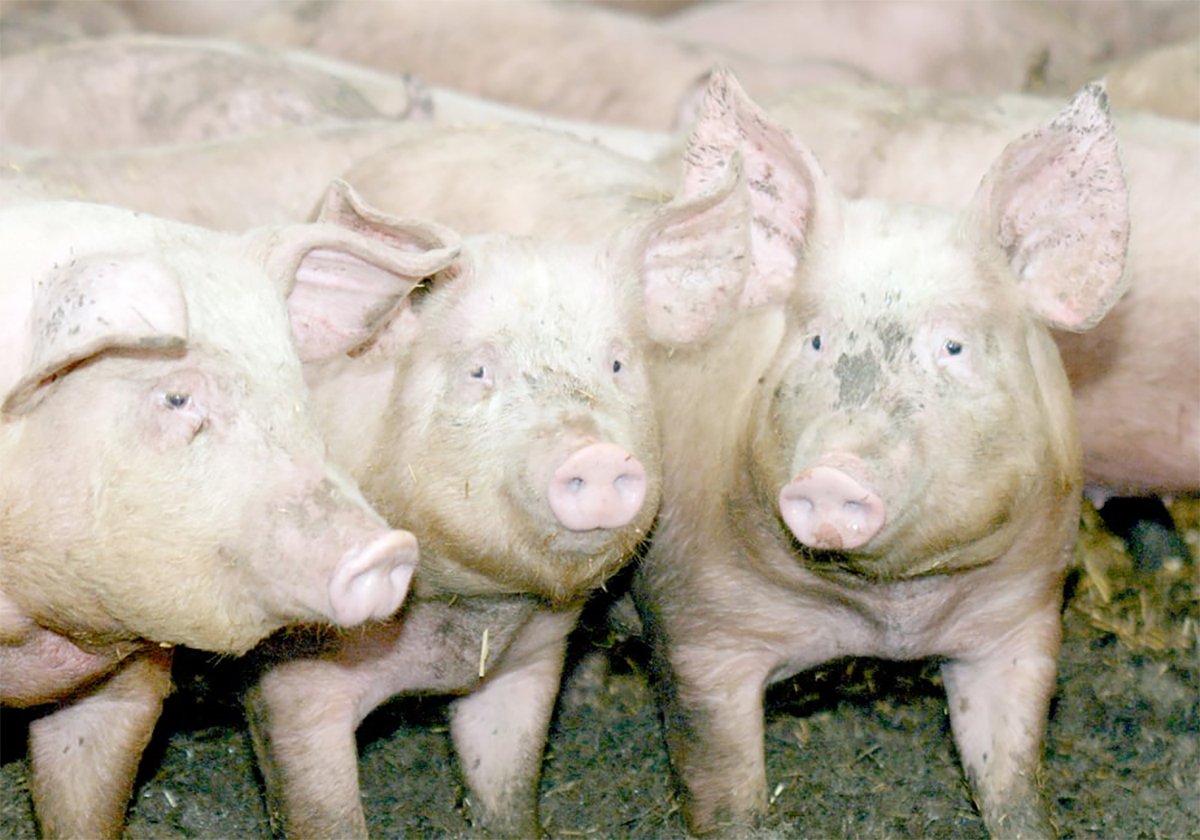AIRDRIE, Alta. – Canada’s best defence against foreign animal diseases is a good offence.
The Canadian Food Inspection Agency is determined to keep at least 30 foreign diseases out of the country. The list includes foot-and-mouth disease, hog cholera, Newcastle disease and vesicular stomatitis. Diseases like avian influenza have never been found here, while foot-and- mouth was eliminated in 1952.
“We have had great success in eradicating them, and in some cases they have never occurred in this country,” said CFIA veterinarian Larry Delvar during a producer information night in Airdrie.
Read Also

The Western Producer Livestock Report – October 2, 2025
Western Producer Livestock Report for October 2, 2025. See U.S. & Canadian hog prices, Canadian bison & lamb market data and sale insight.
The CFIA and the Canadian Animal Health Coalition are sponsoring workshops in Western Canada to educate livestock and poultry producers about potentially devastating diseases. They talk about disease, biosecurity and how to respond if Canada’s animal health status is
jeopardized.
Livestock producers and veterinarians are legally required to report suspected diseases.
For example, foot-and-mouth and vesicular stomatitis carry the telltale signs of drooling, blisters and eruptions.
“If you see something with a blister, tell us,” Delvar said.
Diseases that cause blisters are uncommon in Canada.
Diseases such as bovine spongiform encephalopathy are feared because they are difficult to detect and eradicate. They are also economically devastating. CFIA takes a hard line on highly contagious diseases like foot-and-mouth and tuberculosis. Animals are destroyed immediately.
“You have to be decisive and mean as hell to get it under control,” he said.
A serious disease can have a domino effect.
Animals suffer. Consumer confidence drops and exports stop. Livestock owners face psychological trauma as they watch their animals destroyed. Gene pools are drained. Support industries like auctions and truckers could go out of business.
One of the problems facing Great Britain in its fight against foot-and-mouth is a labor shortage. The effect on human resources would be equally challenged if such a disease entered Canada.
“CFIA will be totally strapped for resources within hours,” Delvar said.
Plans are being developed to protect Canada in the event of a serious outbreak.
CFIA is the lead agency and has co-operative agreements with the provinces and producer groups.
A voluntary agreement is in the works with livestock groups and truckers to halt all movement of animals for 48 hours if a serious disease like foot-and-mouth is discovered.
CFIA has the right to set quarantine boundaries within whatever radius it deems necessary.
A national identification program is crucial for sourcing and stopping outbreaks.
Tuberculosis in elk was quickly contained because that industry has an extensive animal identification and trace-back program.
Biosecurity on the farm is a growing responsibility among producers.
“Preventing the entrance of a disease is what biosecurity should be,” Delvar said.
A number of steps can be taken.
- Farmers should vaccinate their animals.
- New animals should be quarantined upon arrival.
- Producers should consider the source of new livestock. Disease risks increase when animals come from large assembly areas.
- Set up a wildlife and vermin control program: keep the farmyard clean; keep cats and dogs on patrol against vermin; and protect feed supplies from wildlife and rodents.
- Do not visit countries with ongoing disease outbreaks.
- Do not host visitors from countries with outbreaks. Take precautions as recommended by the CFIA.
- Immediately report a suspected disease problem.

















